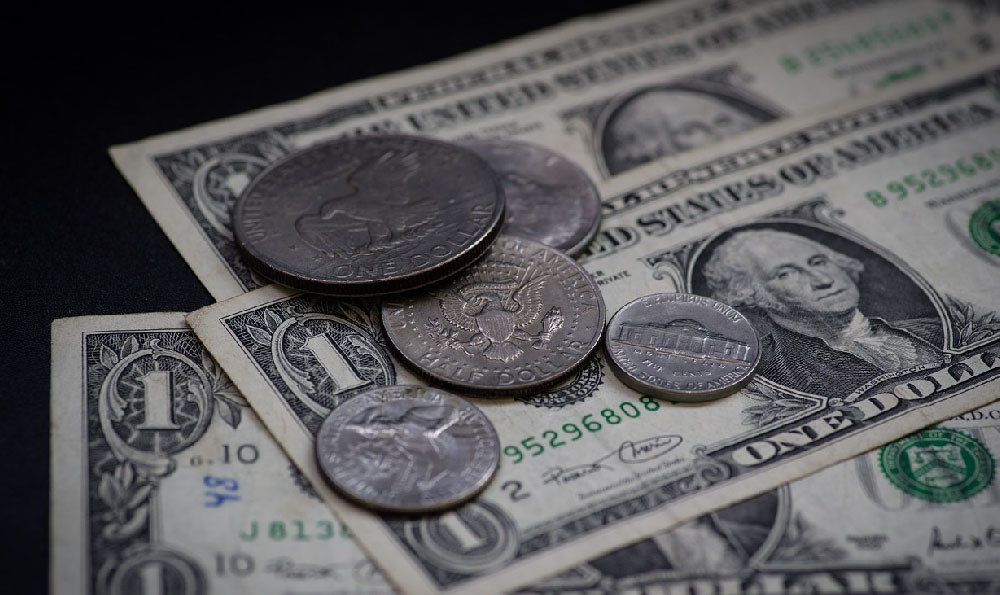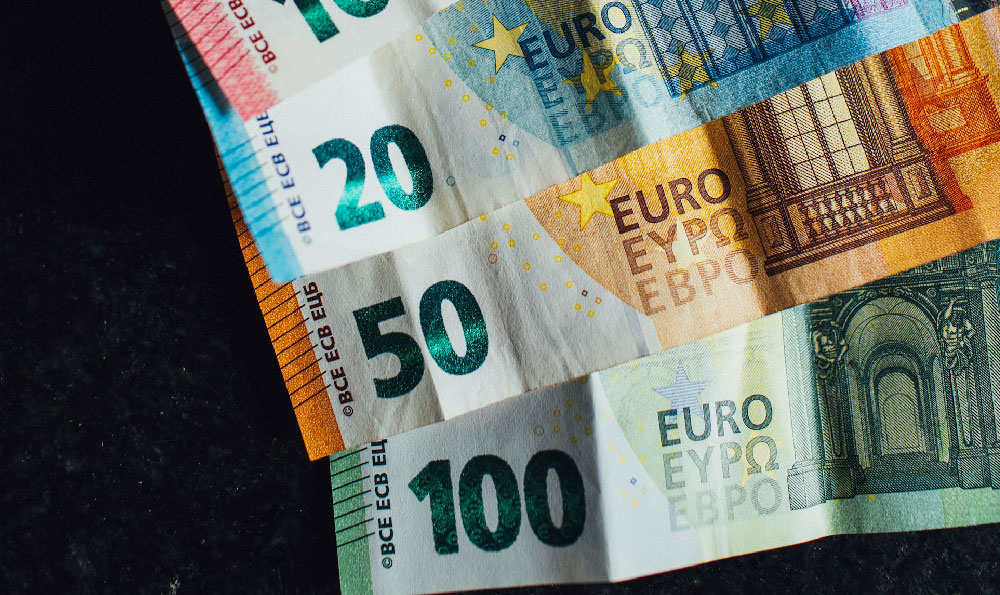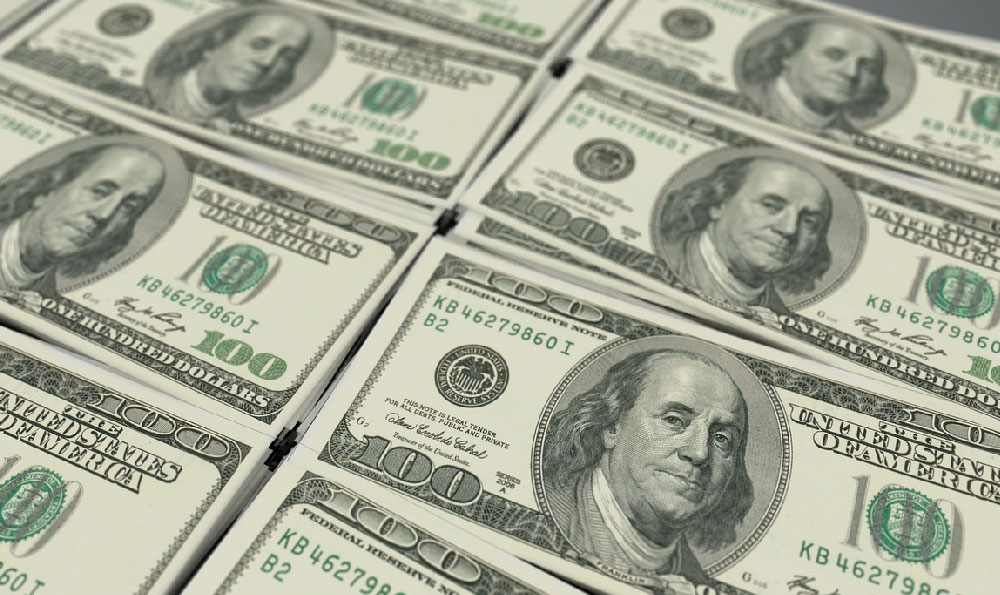How Do Music Artists Make Money? What Are Their Revenue Streams?

Okay, I understand. Here's an article exploring the multifaceted revenue streams of music artists, written in English and avoiding the specified constraints:
The world of music can seem glamorous from the outside, filled with flashing lights, adoring fans, and the promise of immense wealth. While a select few reach superstardom, most musicians navigate a complex landscape of fluctuating income streams, constantly adapting to the evolving music industry. Understanding these revenue sources is crucial, not just for aspiring artists, but also for anyone interested in the business behind the music.
One of the most traditional, and still significant, sources of income for musicians is royalties. Royalties are payments made to artists and songwriters for the use of their music. They break down into several categories. Performance royalties are generated whenever a song is played publicly – on the radio, television, in a restaurant, or at a live venue. These royalties are collected by Performing Rights Organizations (PROs) such as ASCAP, BMI, and SESAC in the United States, and similar organizations internationally. They track performances and distribute royalties to their members, which include songwriters and publishers. Mechanical royalties are paid to songwriters and publishers when a song is reproduced, whether physically on a CD, digitally as a download, or streamed online. These royalties compensate the songwriter for the right to copy their composition. The exact rate for mechanical royalties is often regulated by law. Synchronization royalties are generated when a song is used in a visual medium, such as a film, television show, advertisement, or video game. These are often negotiated directly between the music publisher and the company using the music, and can be a significant source of income for artists whose music is in demand for these types of projects.

While royalties provide a foundation, they are often not enough to sustain a full-time career. The streaming era, while offering unprecedented access to music, has significantly impacted royalty rates. Artists receive a fraction of a penny for each stream, meaning that generating substantial income solely from streaming requires millions of plays. This has pushed artists to diversify their income streams.
Live performances are arguably the most direct way for artists to connect with their fans and generate revenue. Ticket sales are a primary source of income, with artists receiving a percentage of the revenue after the venue and promoters take their cut. The amount an artist earns from a live performance depends on their popularity, the size of the venue, and the ticket price. Touring can be expensive, however, with costs associated with travel, accommodation, crew, and equipment. Selling merchandise at live shows, such as t-shirts, posters, and albums, can supplement income from ticket sales. These items offer fans a tangible way to support the artist and create a lasting memory of the concert experience.
Beyond royalties and live performances, musicians are finding innovative ways to generate revenue in the digital age. Direct-to-fan sales are becoming increasingly popular, allowing artists to bypass traditional record labels and connect directly with their fanbase. Artists can sell music, merchandise, and exclusive content through their own websites or platforms like Bandcamp. This gives them greater control over pricing and allows them to keep a larger percentage of the revenue.
Crowdfunding platforms like Kickstarter and Patreon have also emerged as valuable tools for musicians. Artists can use these platforms to raise money for specific projects, such as recording an album, filming a music video, or going on tour. In return for their contributions, fans receive rewards such as early access to music, signed merchandise, or exclusive experiences. Subscription services, like Patreon, allow fans to support artists on a recurring basis in exchange for exclusive content and benefits. This provides artists with a more predictable and sustainable income stream.
Licensing music for commercial use beyond synchronization, such as in advertisements or for use in other artists' songs (through sampling), provides another avenue for income. Artists retain copyright in their master recordings and compositions, and licensing agreements can generate substantial fees.
Brand partnerships and endorsements can also be lucrative, particularly for established artists. Companies often pay musicians to promote their products or services. These partnerships can range from social media posts to television commercials to long-term endorsement deals. The key to a successful brand partnership is finding a brand that aligns with the artist's image and values.
Teaching and workshops can provide a steady income stream and allow musicians to share their knowledge and passion with others. Many musicians offer private lessons, group classes, or workshops in their instrument or genre. This can be a particularly valuable source of income for musicians who are not actively touring or recording.
The music industry is in constant flux, and artists must be adaptable and entrepreneurial to succeed. The ability to diversify income streams is crucial for surviving and thriving in this competitive landscape. Building a strong brand, connecting with fans, and embracing new technologies are essential for musicians to maximize their earning potential and create a sustainable career. Artists who understand the nuances of these various revenue sources and actively pursue them are better positioned to navigate the challenges and reap the rewards of a life in music. The most successful musicians are not just talented performers; they are also savvy businesspeople.















